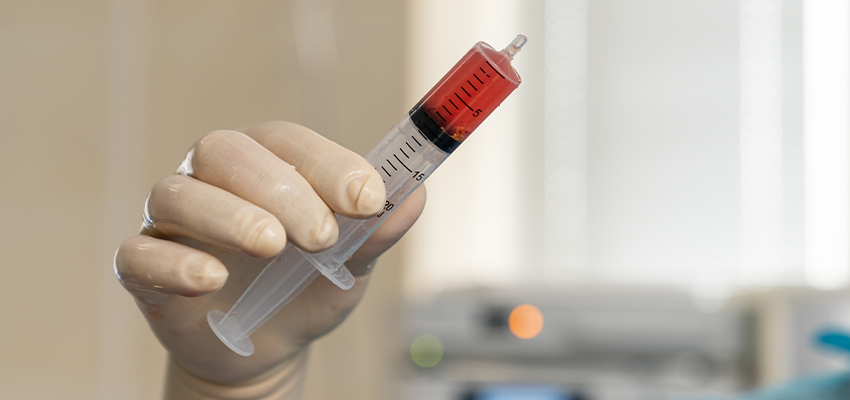What is a Bone Marrow Transplant?
Bone marrow transplantation is the replacement of a damaged or completely destroyed bone marrow with new bone marrow cells. Bone marrow transplants can be a life-saving procedure in Acute Leukemias and Lymphomas, which are resistant to standard chemotherapy methods.
Available Types of Transplantation
Haploidentical: preformed for patients who do not have a full matching sibling and are in urgent need of a transplant. A mother, father, semi-compatible sibling or a child of the patient can be a donor even if there is only half compatibility; 10 out of 10 match is not considered essential. Only a few centers worldwide can currently perform such stem cell transplants.
- Matched Unrelated Donor (MUD): performed for patients who do not have a full matching sibling. The National and International Bone Marrow Banks are searched for a suitable donor.
- Full Matched Allogenic: is the procedure of using another person’s fully compatible stem cells. Preferably, this is a Full Matched sibling of the patient.
- Autologous: is the procedure of using the patient’s own stem cells. This method of transplantation is mainly used in Multiple Myeloma and Lymphoma patients.
Which Diseases are Appropriate for the BMT Procedure?
Bone marrow transplants should be performed on individuals who have diseases affecting the bone marrow, such as leukemia or myelodysplastic syndrome, other hematological malignancies such as Lymphomas and Multiple Myeloma, and Aplastic anemia. BMT is also recommended for a number of chemotherapy unresponsive oncological cancers such as testicular cancer, neuroblastoma and medulloblastoma, and congenital disorders such as Thalassemia, Sickle cell disease, Porphyrias, and sever immunodeficiency disorders.
How Long Does the Healing Process Take?
Within two weeks after the procedure, the new cells begin to start producing cells and the patient’s general condition improves with elevating blood cell levels, for which the patient is discharged.
Why HLTHINTL for BMT?
We represent a world renowned Healthcare Group for which they conform to all international standards and have their own in-house GMP accredited laboratories for preparation of the stem cells.
An interdisciplinary approach is provided, when necessary, by all relevant branches such as the intensive care unit, general surgery, cardiology, nephrology, and ear-nose-throat. Other precautions and approaches are:
- Haploidentical transplants are performed by alpha-beta T-cell depletion to reduce the lethal complication of Graft versus host disease to minimize patient complication.
- CD19 positive cells are also depleted to avoid post-transplant lethal Epstein Barr Virus (EBV) infection. This also avoids EBV related lethal Lymphoproliferative disease.
- To reduce Graft versus host disease, aid in the engraftment and assist with a quicker recover of the immune function, mesenchymal stem cell support is available.
- CD45RA depleted donor T-cells are routinely infused to all Haploidentical transplantation patients in order to boost the antiviral immunity.
- Virus specific T-cells are routinely provided for resistant CMV, EBV, BK virus, Adenovirus and Herpes Simplex Virus activation in the patient; a life-saving procedure.
- Utilization of the most modern, up-to-date transplant technologies with the aid of an experienced clinical transplant team.

